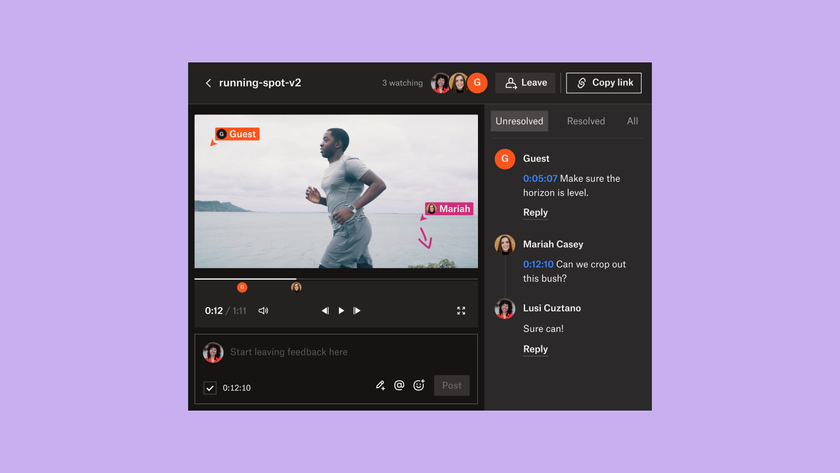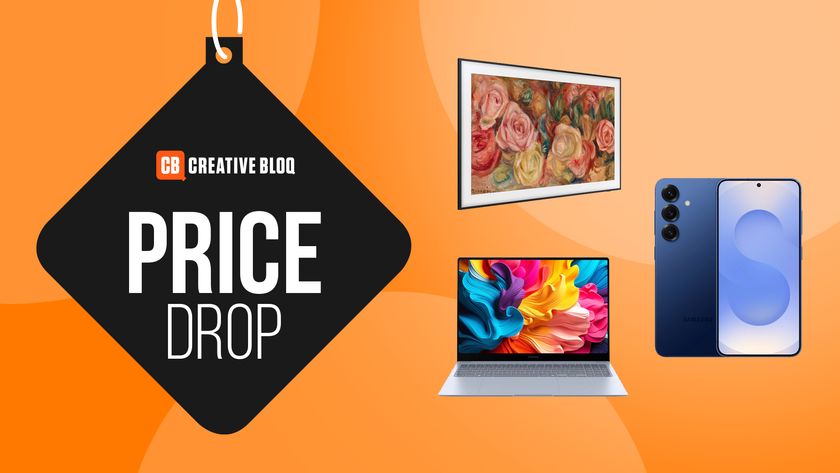Responsive design or a native app?
iOS programmer Craig Lockwood acknowledges that the majority of app ideas proposed to him would be far better suited to a well designed responsive website and discusses the pros and cons of both
I have been a 'digital creative' for 18 years. I am now an iOS developer but I started out in the mid-90s making very basic websites for businesses. By the late 90s every small business was rushing out to get themselves a presence on the web – even the local butcher (and yes, for my sins, I even created a site for the local butcher). Apps are the new must have accessory for businesses, people just want to see their logo in the App Store. This could be seen as a great time to be an app developer – the truth is that 90 per cent of the proposed work that lands on my desk just isn't suited to being distributed as a native app. Unfortunately, it seems that a lot of app developers are just in it for the money so will gladly churn out rubbish in a vain attempt to line their pockets.
When the iTunes App Store was launched in 2007 along with the iPhone 3G, there was a huge goldrush for app developers. Consumers were hungry for apps, regardless of the quality. These days, a £1.99 app is now a questionable purchase – therefore, apps need to be a lot smarter. We all have smart devices, so developers should be taking advantage of the fantastic sensors available to them and should be creating smart apps; apps that are contextually aware of the users environment. There is no longer a place for 'dumb' apps in the App Store.
Going back to the requests for apps that land on my desk, most describe the proposed app as 'like the website, but as an app' – a dumb app. To me, these proposed ideas would be far better served by being deployed as a responsive website. Mobile browsing is expected to eclipse desktop browsing at some point in 2013 so it makes commercial sense to have one central repository of data, deployed responsively to all browsers, whether they are smartphones, tablets, IPTV's, or traditional desktop screens.
Obviously, a responsive site demands a network connection for http requests and there are many cases where even though the data may be 'dumb' it is best served hard coded into a native app. I recently spoke at an event by the Welsh Tourism Board about Apps within the tourism sector and it became clear that a lot of tourist attractions may be in remote areas and have very little provision for 3g signals. In this case, a dumb app with all of the required data 'baked in' to the app would the way to go.
Businesses who wish to promote themselves on mobile platforms should be thinking of the pros and cons of native apps and responsively designed websites and not just jumping on the app bandwagon.
Pros of a native app:
- Easily monetised
- Access to device sensors
- Once downloaded, the content is easily accessible
- Content available offline
Pros of a responsive site:
- Bypass the App Store approval process
- No user intervention needed to download an app
- Content distributed cross platform
- Content updates driven by a CMS
Multiple versions = multiple data sets
In complete contradiction to a recent article by the web usability legend Jakob Nielsen, I would say that a well designed responsive site would be far more appropriate in the majority of cases as opposed to a separate 'mobile optimised' site. Multiple versions of a site require multiple sets of data. Creating a responsive 'theme' for one of the many CMSs isn't particularly difficult. Frameworks such as 320 and up and Inuit are great tools for rapid prototyping of ideas. There are also seems to be new jQuery libraries made available on a daily basis which will help with making the site look a little less 'dumb'. Fit Text, Responsive Menu, and Elastislide are just a few.
Summary
In summary, there is a place for both native apps and responsively designed sites. The choice to be made should be dependent on what content needs to be served. If the purpose is to simply serve images and text to the largest audience possible, a responsive site is almost certainly the way to go. If the content to be served requires user manipulation or relies on hardware sensors, native apps are the way to go. Native apps generally have a well defined purpose; this purpose is usually something that can't be achieved through a browser.
Get the Creative Bloq Newsletter
Daily design news, reviews, how-tos and more, as picked by the editors.
App Stores will continue to thrive, but the quality of apps needs to improve. Devices are capable of so much these days and until we have a way to hook into the sensory power of these devices via HTML, cache data locally, and become easily monetised; native apps will always be far superior to anything that can be accessed via the browser. Developers just need to justify the extra work involved in developing an app and these apps need to be smart!

Thank you for reading 5 articles this month* Join now for unlimited access
Enjoy your first month for just £1 / $1 / €1
*Read 5 free articles per month without a subscription

Join now for unlimited access
Try first month for just £1 / $1 / €1
The Creative Bloq team is made up of a group of design fans, and has changed and evolved since Creative Bloq began back in 2012. The current website team consists of eight full-time members of staff: Editor Georgia Coggan, Deputy Editor Rosie Hilder, Ecommerce Editor Beren Neale, Senior News Editor Daniel Piper, Editor, Digital Art and 3D Ian Dean, Tech Reviews Editor Erlingur Einarsson and Ecommerce Writer Beth Nicholls and Staff Writer Natalie Fear, as well as a roster of freelancers from around the world. The 3D World and ImagineFX magazine teams also pitch in, ensuring that content from 3D World and ImagineFX is represented on Creative Bloq.












